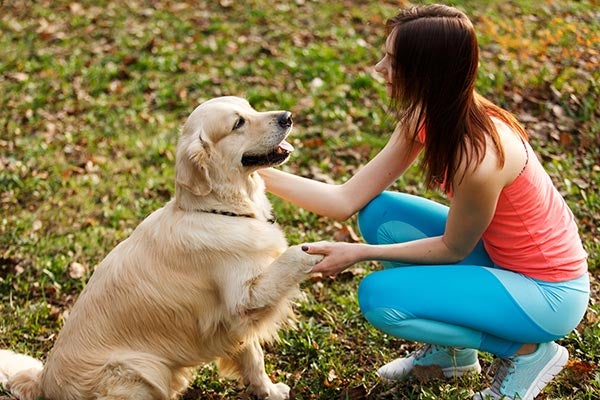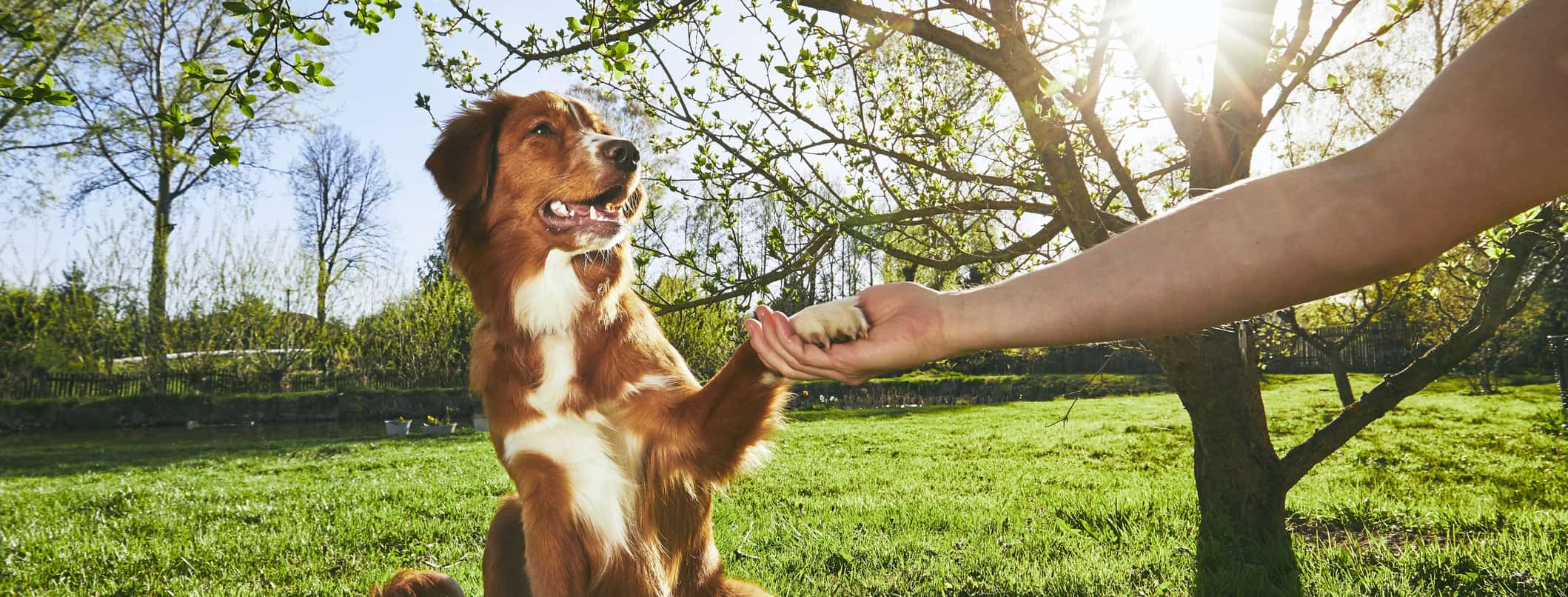Understanding Dog Body Language During Dog Training
Understanding Dog Body Language During Dog Training
Blog Article
Important Tips for Effective Dog Training: An Overview for Pet Owners
Efficient canine training is a multifaceted process that requires a tactical technique tailored to both the pet's personality and the owner's goals. Trick elements such as developing constant commands, using favorable reinforcement, and helping with very early socialization play critical duties in cultivating a well-adjusted canine friend. Numerous pet dog proprietors experience obstacles that can prevent progress, leading to stress and uncertainty. Recognizing just how to browse these obstacles can substantially improve the training experience, inevitably changing the partnership in between owner and pet. What are the essential approaches that can be used to make certain success in this undertaking?
Comprehending Canine Actions
Comprehending pet dog actions is important for reliable training and promoting an unified partnership in between dogs and their owners. dog training. Pets connect mostly via body language, vocalizations, and actions, making it crucial for proprietors to interpret these signals accurately.

Socializing plays a significant duty in pet dog behavior; exposure to various atmospheres, individuals, and various other animals can dramatically influence a pet's character. Aspects such as breed features and specific character ought to guide training methods, as some breeds might have certain behavior characteristics that demand customized techniques. By comprehending these elements, owners can create a supportive setting that motivates favorable habits, resulting in effective training end results and a much deeper bond with their animals.
Developing Constant Commands
Reliable interaction with your pet begins with developing constant commands. This fundamental element of training is vital for promoting understanding in between you and your animal. Consistency in the commands you utilize ensures that your pet can accurately associate certain words or expressions with the preferred habits.
When choosing commands, select clear, unique words that are simple to set apart and state from each other. Avoid utilizing similar-sounding commands that may puzzle your pet dog. For instance, making use of "rest" and "remain" is suitable, however "rest" and "struck" could result in misconceptions.
Furthermore, keep the same tone and volume for each and every command. Canines are sensitive to vocal cues, so varying your tone can develop confusion.
It is equally essential to guarantee that all member of the family get on the exact same page pertaining to the commands made use of. A united front in command usage will prevent combined signals and strengthen the understanding procedure.
Positive Support Techniques
The power of favorable reinforcement in pet training hinges on its capacity to encourage wanted habits with incentives and appreciation. This strategy is grounded in the principle that habits followed by favorable results are more probable to be repeated. By incorporating positive reinforcement right into your training regimen, you can efficiently form your dog's behavior in a positive way.
To execute favorable support, it's important to determine what motivates your canine, whether it be deals with, toys, or spoken praise. When your dog does a preferred activity, such as resting on command, promptly reward them with a treat or affection. This organization between the command and the favorable outcome enhances their understanding.
It's crucial to timing the benefits appropriately; providing the support within secs of the desired habits assists your pet dog make the connection (dog training). Additionally, uniformity is resource vital-- make certain that all member of the family make use of the same commands and reward systems to prevent complication

Progressively, you can lower the regularity of treats as your dog discovers the behavior, transitioning to praise or intermittent incentives. This method not only fosters a strong bond in between you and your canine but additionally advertises a positive discovering setting, making training a pleasurable experience for both.
Socialization and Interaction
Regularly exposing your canine to a range of atmospheres, people, and other animals is essential for their social growth. Socializing must start early, preferably during the crucial window of 3 to 14 weeks, when pups are most responsive to new experiences. Nonetheless, older dogs can additionally profit from recurring socializing efforts.
Present your canine to various setups, such as parks, pet-friendly stores, and metropolitan areas. This direct exposure assists them adjust to various stimuli, decreasing anxiousness and anxiety responses. Urge positive interactions with other dogs and people, making certain that these experiences are secure and controlled to promote confidence.
Use organized playdates with genteel canines, as this can enhance your dog's social skills and educate them appropriate behavior. Obedience classes and training sessions additionally give superb chances for socialization, permitting your pet dog to connect with others in a monitored atmosphere.
Monitor your pet dog's body movement throughout interactions, as this will certainly aid you gauge their convenience degree. Progressively raise exposure to even more tough situations while guaranteeing that each experience declares. A well-socialized pet dog is most likely to display well balanced habits, making them a pleasure to have in any type of setting.
Addressing Usual Training Obstacles
Every pet dog proprietor will experience training difficulties at some time, no matter their dog's age or socializing degree. Recognizing usual concerns such as stubbornness, diversions, and terror can help in establishing reliable strategies for improvement.

Slowly present distractions as the pet becomes more competent in commands. Short, constant training sessions are likewise effective in maintaining attention.
Terror can hinder a pet's learning process. Gradual desensitization to the resource of fear, coupled with favorable support, can aid alleviate anxiety. Persistence is crucial; never compel a pet right into a circumstance that causes distress, as this might exacerbate the concern.
Eventually, understanding and attending to these common obstacles with an organized approach will certainly cultivate a more efficient training experience, reinforcing the bond between canine and owner while promoting efficient learning.
Verdict
In summary, effective pet dog training relies upon a comprehensive understanding of canine behavior, the establishment of consistent commands, and the application of positive reinforcement methods. Socialization plays an important duty in establishing well-adjusted pet dogs, while dealing with usual training obstacles needs perseverance and versatility. By executing these crucial methods, pet dog owners can cultivate a solid bond with their canines and promote preferable habits, eventually bring about an unified relationship in between humans and their canine companions.
Recognizing dog actions is necessary for efficient training and promoting a harmonious partnership in between canines and their proprietors.Socialization plays a considerable role in canine actions; exposure to various settings, people, and other pets can anchor substantially affect a dog's temperament.The power of favorable support in canine training lies in its capacity to urge wanted actions via rewards and appreciation. By including favorable support right into your training regimen, you can effectively shape your pet's actions in a positive way.
In summary, effective pet training depends on a thorough understanding of canine behavior, the establishment of regular commands, and the application of positive support strategies.
Report this page